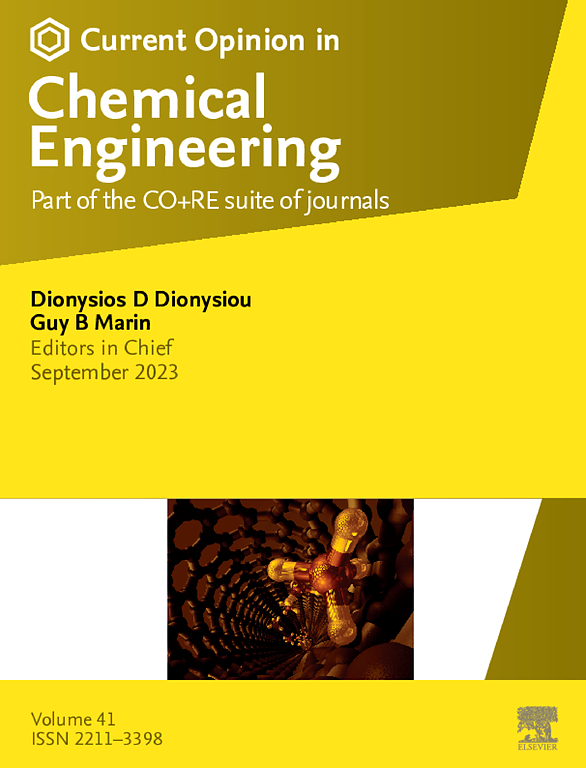Role of cathode materials and their advancement for sustainable hydrogen evolution reaction in microbial electrolysis cells
IF 6.8
2区 工程技术
Q1 BIOTECHNOLOGY & APPLIED MICROBIOLOGY
引用次数: 0
Abstract
Microbial electrolysis cells (MECs) offers a sustainable route for hydrogen production by decarbonizing global energy demands via transformation of biogenic waste/wastewater. Leveraging microbial metabolism, MECs contribute to the waste-to-energy nexus. The efficiency of MECs is significantly influenced by selection of electrode materials such as platinum, nickel, and stainless steel, which enhance the performance through their high surface area, chemical resilience, and effective hydrogen evolution reaction. MECs have been shown to generate 853 H2/m³/d using graphite brush (anode) and Pt-loaded carbon cloth (cathode). MECs were upgraded to 1000 l, having 24 modules with 144 electrode pairs. Key features of cathode materials and its advancements used in MECs are discussed in this review.
正极材料在微生物电解池持续析氢反应中的作用及其进展
微生物电解电池(MECs)通过转化生物废物/废水来脱碳全球能源需求,为制氢提供了一条可持续的途径。利用微生物代谢,mec有助于废物转化为能源。电极材料的选择对mec的效率有显著影响,如铂、镍和不锈钢,这些电极材料通过其高表面积、化学回弹性和有效的析氢反应来提高性能。使用石墨刷(阳极)和负载pt的碳布(阴极),mec可以产生853 H2/m³/d。mec升级到1000 l,有24个模块,144个电极对。本文综述了阴极材料的主要特点及其在mec中的应用进展。
本文章由计算机程序翻译,如有差异,请以英文原文为准。
求助全文
约1分钟内获得全文
求助全文
来源期刊

Current Opinion in Chemical Engineering
BIOTECHNOLOGY & APPLIED MICROBIOLOGYENGINE-ENGINEERING, CHEMICAL
CiteScore
12.80
自引率
3.00%
发文量
114
期刊介绍:
Current Opinion in Chemical Engineering is devoted to bringing forth short and focused review articles written by experts on current advances in different areas of chemical engineering. Only invited review articles will be published.
The goals of each review article in Current Opinion in Chemical Engineering are:
1. To acquaint the reader/researcher with the most important recent papers in the given topic.
2. To provide the reader with the views/opinions of the expert in each topic.
The reviews are short (about 2500 words or 5-10 printed pages with figures) and serve as an invaluable source of information for researchers, teachers, professionals and students. The reviews also aim to stimulate exchange of ideas among experts.
Themed sections:
Each review will focus on particular aspects of one of the following themed sections of chemical engineering:
1. Nanotechnology
2. Energy and environmental engineering
3. Biotechnology and bioprocess engineering
4. Biological engineering (covering tissue engineering, regenerative medicine, drug delivery)
5. Separation engineering (covering membrane technologies, adsorbents, desalination, distillation etc.)
6. Materials engineering (covering biomaterials, inorganic especially ceramic materials, nanostructured materials).
7. Process systems engineering
8. Reaction engineering and catalysis.
 求助内容:
求助内容: 应助结果提醒方式:
应助结果提醒方式:


